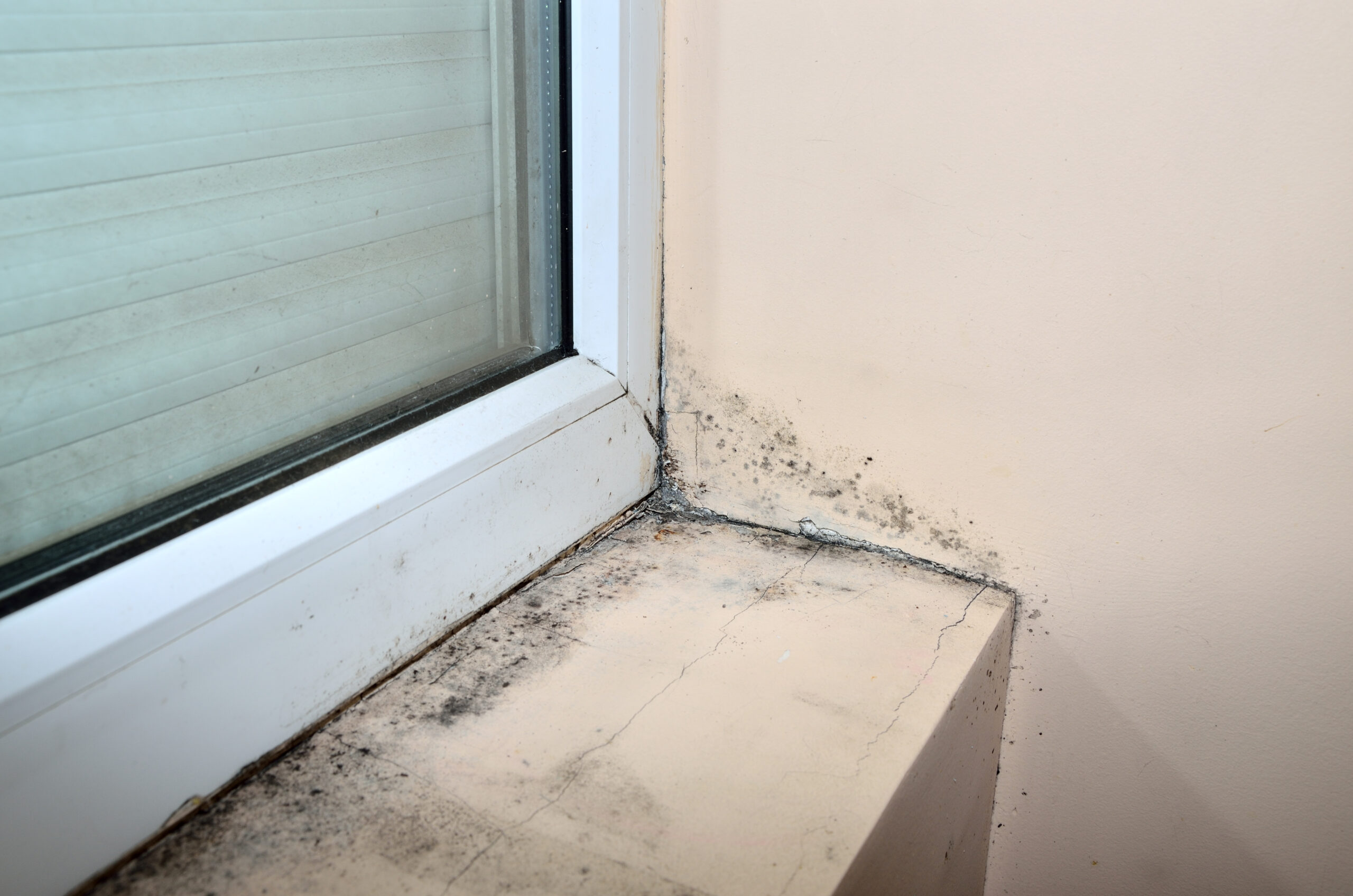The effects of climate change on the home surrounding moisture & heat loss
At some point in your life as a property owner, you will most likely come across the dreaded issue of moisture in your home. It can sometimes be a bit of a mystery as to where it has come from and it’s not always due to a plumbing concern! Understanding moisture in the building envelope is crucial. Correct assessment is paramount to correctly recognise the cause of moisture in buildings and identify the necessary required repairs.
The age of your property, its general condition and construction type are all important factors when assessing damp. As is the weather and position of your home, but these are out of your control. Understanding how these factors affect your home is vital. Weather patterns are changing and it is far more common these days for the UK to experience flash floods and rain storms. This creates a lot of issues for our homes.
Keeping up to date with maintenance and repairs on the outside of your property is the key to keeping moisture out and will stand you in good stead against such weather. Broken and, or blocked guttering, defective render, slipped roof tiles, old and faulty pointing, etc. are all areas that will let damp into the brickwork and the water in. These defects are even more significant with the effects of climate change.
Moisture in brickwork is the worst possible ingredient to have in your property and every effort should be made to prevent the ingress of moisture. Moisture in the brickwork reduces the bricks thermal capacity to retain heat and it has a chilling effect like a fridge on your home. Solid brick walls are by far the worse. Remember; wet walls are cold walls!
As a result, moisture in the brickwork enhances the effects of condensation in your home, especially during the winter months. This is then the ideal breeding ground for mould, algae and fungi to flourish. It is sometimes referred to as toxic mould, which is associated with sick building syndrome and very poor health particularly in the very young and elderly that show symptoms such as asthma, breathing difficulties, allergic reactions, lethargy and the like.
Dampness in brickwork is the main cause of timber decay both wet and dry rot. Not to frighten you completely, but both forms have the ability to destroy your home and even cause collapse due to the use of embedded timbers! These timbers are found in the form of lintels, behind brick arches and wall plates to take the end of floor joists and even fixing points during construction. They are always close to the outside face of the external skin and therefore always close to the source of moisture. With moisture being the primary consistent cause of decay there is always a high risk of either dry or wet rot and is very, very expensive to eliminate.
The other very common cause of dampness in the home comes from a lack of ventilation. People are often quick to add insulation to their homes during renovation projects creating a sealed unit but due to a lack of knowledge on how a building works, ventilation can be overlooked. Ventilation in the main living areas of the home is key to eradicating moisture build up in the form of condensation and mould. All that moisture produced in the kitchen, bathrooms and by ourselves has to go somewhere and if it can’t escape, you’ll soon see the evidence appearing on the walls and around windows in the from of moisture droplets and black spotty mould.
If you’ve got moisture in your home you really must act on it straight away, don’t let a seemingly small matter turn into a large, problematic, expensive problem.
Please email us for your free “Important Information” document about your property in relation to domestic construction, energy loss and dampness – [email protected]


